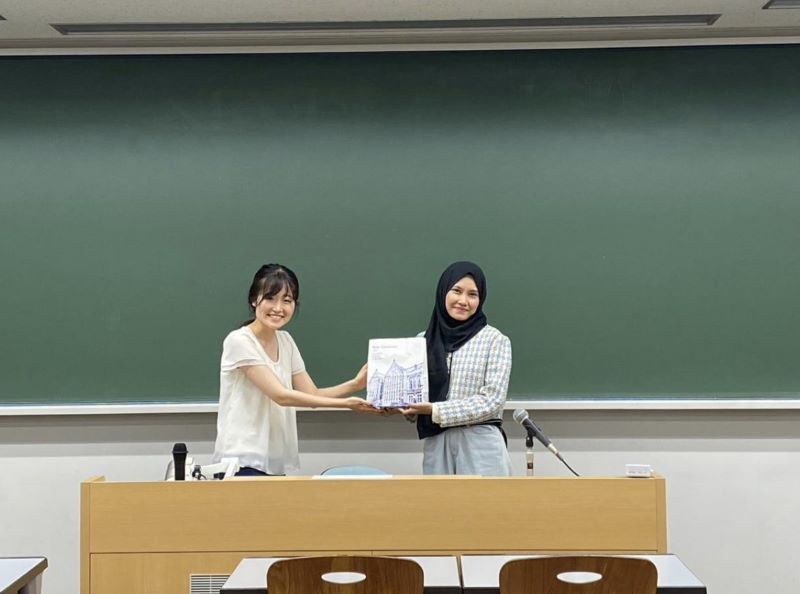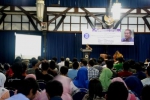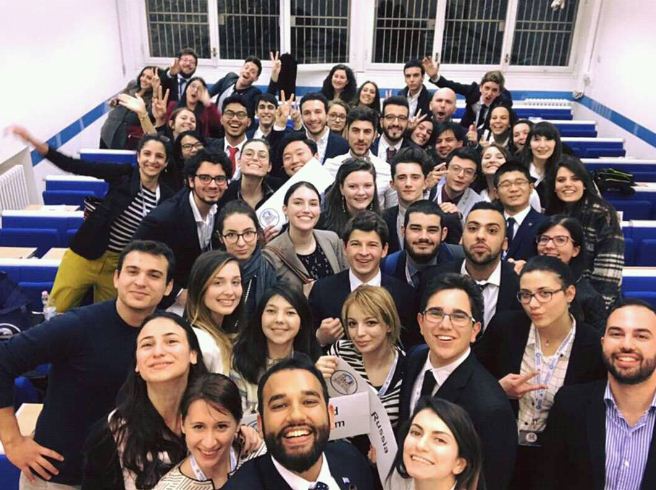Innovating Abroad: ITB Student Breaks Ground with Non-Enzymatic Glucose Sensor in Japan
By M. Naufal Hafizh, S.S.
Editor M. Naufal Hafizh, S.S.

BANDUNG, itb.ac.id — A student from the Chemistry Study Program class of 2020, Institut Teknologi Bandung (ITB), Neng Firly Sriramadhani, had the opportunity to participate in a research student exchange at Keio University, Japan. Together with Prof. Yasuaki Einaga, an expert in electrochemistry, Firly conducted research on non-enzymatic sensors used in glucometers. A glucometer is a device used to monitor blood sugar levels in the human body.
“This device typically relies on the enzyme glucosidase as a sensor to detect glucose in the blood. However, this enzyme can become damaged at very low or very high temperatures, making the glucometer less sensitive in measuring glucose. This is quite detrimental in industrial applications,” Firly explained.
In response to this issue, she aimed to develop a more durable sensor using non-enzymatic materials that can withstand extreme temperatures. The detector component she focused on is MXene, a material synthesized from transition metals. In this research, Firly used Vanadium Carbide (V2C) modified with gold nanoparticles. Finally, she integrated it with Boron-Doped Diamond (BDD), a type of diamond doped with the element Boron.
“Diamond consists of carbon atoms arranged in a specific structure that appears very orderly under a microscope. However, this structure becomes more powerful when doped or when crystal defects are introduced. The carbon atoms are replaced with boron, resulting in what is called BDD. Its advantage lies in its synergistic properties with MXene. The combination of BDD with MXene and gold creates a sensor that is more accurate in detecting glucose,” Firly explained.

She conducted the research from June 5 to July 2, 2024. Firly would spend 12-14 hours in the laboratory each day. She admitted feeling pressured by the limited research time, as there were many variables to be tested. However, she was greatly assisted by her fellow researchers and her sensei, who guided her throughout the process.
Throughout the one-month period, Firly also had the chance to enjoy the beauty of Japan and the warmth of its people. “We would usually greet and bow to each other,” she shared.
Reporter: Maharani Rachmawati Purnomo (Oceanografi, 2020)
Translator: Anggi Nurdiani (Management, 2024)
Editor: Hanifa Juliana (Urban and Regional Planning, 2020)

.jpg)

.jpg)
.jpg)
.jpg)

